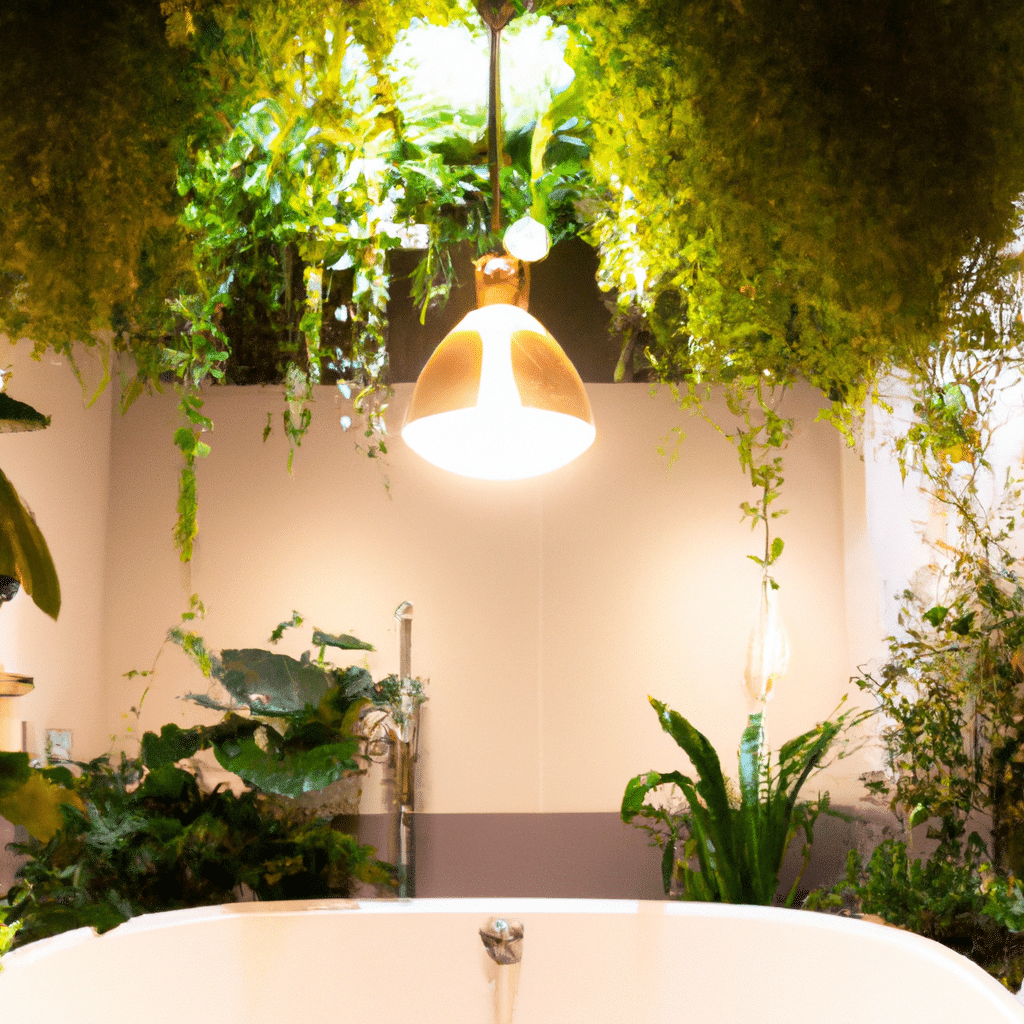
In recent years, LED lighting has gained significant popularity as a highly efficient and long-lasting lighting solution. While its energy-saving capabilities are well-known, there is much more to LED lighting than meets the eye. In this article, we will delve deeper into the health and environmental benefits of LED lighting, going beyond its energy efficiency to explore the positive impact it can have on our lives and the planet.
The Rise of LED Lighting
LED, or Light Emitting Diode, technology has revolutionized the lighting industry. Unlike traditional incandescent or fluorescent bulbs, LED lights do not rely on heating a filament or using toxic materials to produce light. Instead, they utilize a semiconductor to convert electricity into light, making them more energy-efficient and durable.
LED lighting has become increasingly popular in homes, offices, and public spaces due to its numerous advantages. From reducing energy consumption to providing better lighting quality, LED lights have proven to be an excellent choice for both indoor and outdoor applications.
Energy Efficiency: A Foundation for Sustainability
LED lighting’s energy efficiency is a fundamental aspect that cannot be overlooked. Compared to traditional lighting options, such as incandescent bulbs, LED lights consume significantly less energy while delivering the same or even better illumination. This translates into lower electricity bills and reduced greenhouse gas emissions.
By switching to LED lighting, households and businesses can make a substantial contribution to energy conservation and carbon footprint reduction. The energy efficiency of LED lights also extends their lifespan, reducing the frequency of replacements and ultimately minimizing waste generation.
Improved Lighting Quality and Visual Comfort
Apart from energy efficiency, LED lighting offers superior lighting quality and visual comfort. LED lights emit a bright, clear light that closely resembles natural daylight. This provides a more pleasant and productive environment, promoting better concentration, reducing eye strain, and enhancing overall well-being.
LED lights are also highly customizable in terms of color temperature, allowing users to adjust the lighting ambiance according to their preferences and needs. Whether it’s warm and cozy lighting for relaxation or cool and vibrant lighting for task-oriented activities, LED lighting provides flexibility and control over the lighting atmosphere.
Health Benefits: Enhancing Well-being
LED lighting has been found to have positive effects on our health and well-being. One significant advantage is its ability to emit light without the harmful ultraviolet (UV) radiation present in traditional lighting sources. UV radiation can cause skin damage, eye strain, and even increase the risk of developing certain types of cancer. LED lights eliminate this concern, ensuring a safer and healthier lighting environment.
Furthermore, LED lights do not flicker, which can be a common issue with other lighting technologies. Flickering lights can lead to headaches, migraines, and eyestrain, especially for individuals who are sensitive to rapid light changes. By providing stable and flicker-free illumination, LED lighting minimizes these health risks and promotes a more comfortable and enjoyable lighting experience.
Environmental Benefits: A Greener Choice
LED lighting’s environmental benefits go beyond energy efficiency. As mentioned earlier, LED lights have a longer lifespan compared to traditional bulbs, reducing the amount of waste generated from frequent replacements. This longevity results in fewer discarded bulbs ending up in landfills, contributing to a more sustainable waste management system.
Additionally, LED lights do not contain hazardous materials like mercury, which is commonly found in fluorescent bulbs. Mercury poses significant risks to human health and the environment, making proper disposal of fluorescent bulbs a challenge. LED lights eliminate this concern, providing a safer and eco-friendly lighting alternative.
Conclusion
LED lighting offers a multitude of benefits that extend far beyond energy efficiency. From improved lighting quality and visual comfort to positive impacts on health and the environment, LED lights prove to be a superior lighting solution. By embracing LED technology, we can create a brighter and healthier future for ourselves and the planet.
In summary, the health and environmental benefits of LED lighting make it an exceptional choice for any lighting application. Its energy efficiency, improved lighting quality, and positive impacts on well-being and the environment position LED lighting as a sustainable and responsible choice. As we continue to strive for a greener future, embracing LED lighting is a small but significant step towards a more sustainable and brighter world.



